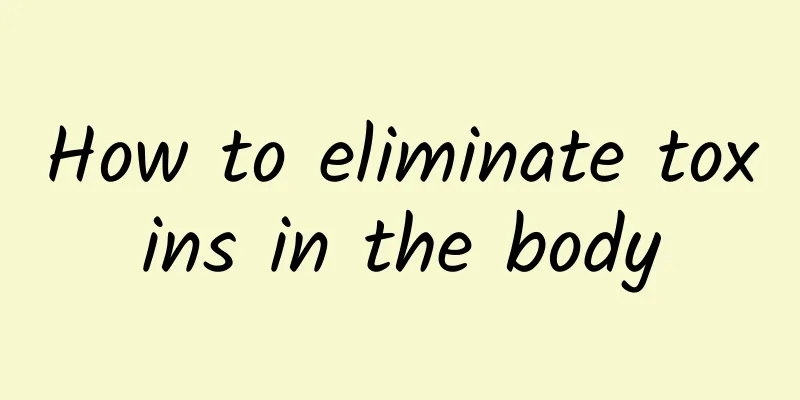What exactly is thermosensitive moxibustion? Understand it in seconds!

|
Thermosensitive moxibustion: The heat generated by burning moxa materials is used to suspend moxibustion on thermosensitive acupoints to stimulate heat penetration, heat expansion, heat transfer, local (slight) heat, distant heat, non-thermal sensation and other thermosensitive moxibustion sensations and meridian qi conduction, and an individualized saturated moxibustion dose is applied, thereby greatly improving the efficacy of moxibustion. A new therapeutic effect. 1. Acupoints on the human body exist in two states: resting state and sensitized state. When the human body is in a diseased state, the acupoints on the surface of the body will become sensitized, and the acupoints in the sensitized state will show a large reaction to small stimuli from the outside world. 2. There are various types of acupoint sensitization, such as force sensitization (tender points, quick-acting points when pressed), which are suitable for massage and acupuncture treatment; and thermal sensitization of acupoints is a new type; the characteristics of thermal sensitization of acupoints are: when stimulated by the heat of moxa, they show strange phenomena such as heat preference, heat penetration, heat expansion, heat transfer, no (slight) local heat, heat in distant parts, no (slight) surface heat, deep heat, and no thermal sensation. Symptoms are relieved wherever the moxibustion sensation is transmitted: (1) Suspended moxibustion on Fengmen acupoint can transfer the heat and swelling sensation to the shoulder, and years of shoulder pain can be relieved immediately; (2) Suspended moxibustion on the Yanglingquan acupoint can transfer the heat and swelling sensation to the waist, and the years of heaviness, tightness and pain in the waist can be immediately relieved; (3) Suspended moxibustion at Sanyinjiao, the heat flowed to the lower abdomen, and after several treatments, the pelvic effusion was significantly improved; (4) Suspended moxibustion on the Tianshu point allowed the heat to flow directly into the abdominal cavity. After several treatments, the intestinal function that had been disordered for many years was significantly improved. The occurrence of the above phenomena has a common feature, that is, the related acupoints are abnormally sensitive to the heat of moxa, producing a "small stimulation and large reaction" (other non-related acupoints only produce local and superficial heat sensation to the heat of moxa). We call this phenomenon acupoint thermosensitization, and these thermosensitized acupoints are called thermosensitized acupoints. 3. Acupoint thermal sensitization is universal The results of a survey of 280 healthy people showed that the incidence of acupoint thermal sensitization was 5%-10%. Moxibustion acupoints were observed for more than 20 diseases such as bronchial asthma and cervical spondylosis, and the incidence of acupoint thermal sensitization was about 70% on average. After recovery from the disease, the incidence of acupoint thermal sensitization drops to around 10%-15%. 4. The type, location, area and intensity of acupoint thermal sensitization are dynamic Acupoint thermal sensitization is a pathological reaction of a disease. The location of acupoint thermal sensitization does not completely match the location of meridian acupoints, but it can be located using meridian acupoints as a reference coordinate system. The results showed that the overlap rate between thermosensitized acupoints and meridian acupoints was 43.50%, and the overlap rate with tenderness points was 34.75%, with significant differences between the two. The overlap rate between thermosensitized acupoints and meridian acupoints was higher (P<0.05); there was no significant difference in the overlap rate between meridian acupoints and thermosensitized acupoints between different diseases, and there was no significant difference in the overlap rate between tenderness points and thermosensitized acupoints (P>0.05). 5. The distribution of acupoint thermal sensitivity is related to syndromes The heat-sensitized acupoints of some diseases are distributed in high-incidence areas, such as facial paralysis at Yifeng, colds at Fengfu and Shangyintang, pelvic diseases at Sanyinjiao, and ophthalmic diseases at ear points in the earlobe area. 6. The hanging moxibustion with moxa sticks is the best moxibustion method among the new moxibustion methods of identifying sensitive points and selecting acupoints. The use of this moxibustion method can fully stimulate the sensory activity of meridian qi, thereby achieving the purpose of opening up the meridians. 7. The best dose is the amount of moxibustion that is required until the thermal sensitivity disappears. Regardless of the length of time, the time it takes for the thermal sensitivity to disappear is the dose required for one moxibustion. |
<<: What causes epiglottic cyst? How to check epiglottic cyst
>>: Why does the hair on your private parts change color? 6 health tips about pubic hair
Recommend
Pituitary tumor pregnancy
If a woman has a pituitary tumor, she cannot beco...
What are the benefits of soaking snow gall in water
Many people have tried to make snow gall tea, but...
What are internal hemorrhoids? What are the symptoms of internal hemorrhoids?
Many people are unaware that they have internal h...
Foreskin skin cracking
The foreskin of men is also very important for me...
Hard feeling around belly button
In daily life, many people will find that the are...
How long can I take a shower after moxibustion?
Generally speaking, there are many issues that ne...
What foods can't be eaten by people with favism?
Many friends may not have heard of favism because...
Symptoms of Bladder Cancer
Bladder cancer has frequently appeared in life in...
There is a red patch on the glans penis which is not painful or itchy
The penis is an important reproductive and sexual...
What ointment should be used for lily palm wind
When tinea pedis occurs, it is necessary to recei...
What should I do if I keep sweating during confinement?
For mothers who have given birth, it is very impo...
Cerebral arteriosclerosis, prevention is effective
Cerebral arteriosclerosis is a local manifestatio...
What to do if you have oily scalp and hair loss? These methods should be known
Everyone's hair quality is different. Some pe...
Asafoetida cream
Health is something we all should know, but there...
What should I do if I don’t have a bowel movement recently?
If you have not had a bowel movement for several ...









